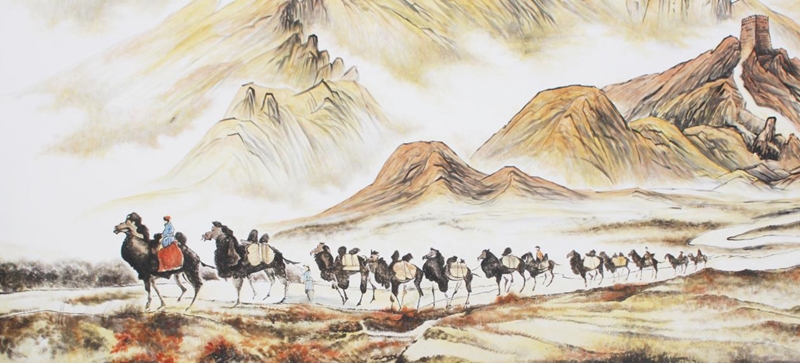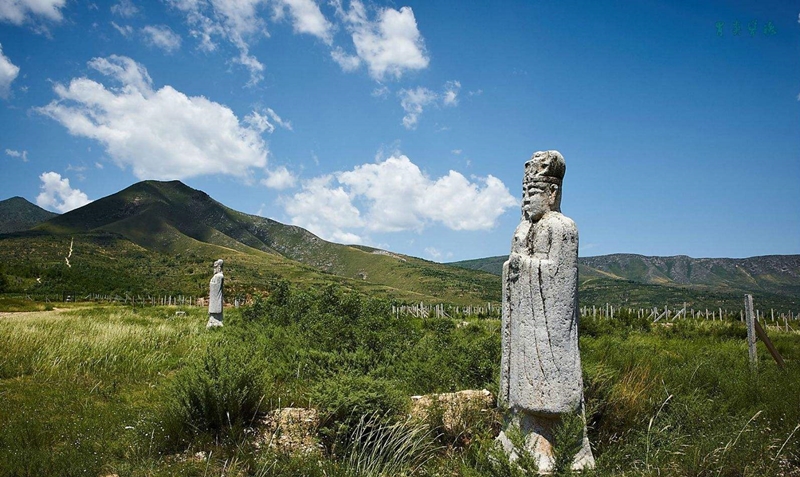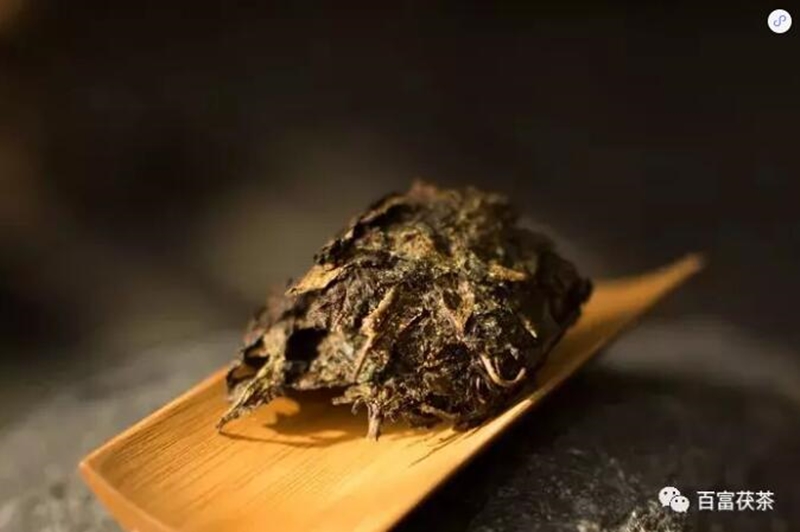In the Xining year of Shenzong in the Northern Song Dynasty (1068-1077), Sanfu tea came into being in Jingyang. At that time, Jingyang was the largest transit center for the processing and production of southern tea from the north to the West; later, in the first year of Hongwu in the Ming Dynasty (1368), Fu brick tea became famous in Jingyang, known as "Jingyang Fu brick tea" or "Jingyang brick tea". Among more than 1000 tea varieties in six categories in China, the processing and technological process of this tea is the most complicated because it contains "Golden Flower fungus", which has the effect of health care and cold protection. Therefore, Jingyang Fu brick tea is known as "the mysterious tea on China's ancient Silk Road".

Fu brick tea came out about 1368 A.D. (the first year of Hongwu, that is, at the beginning of the Ming Dynasty, when Zhu Yuanzhang "the first emperor of Ming Dynasty" established), it was made by hand with Hunan, southern Shaanxi and Sichuan tea as raw materials. Because the raw materials were sent to Jingyang, it was called "Jingyang brick"; because it was processed in the dog days, it was called "Fu tea". With its efficacy similar to Smilax glabra, Fu tea is called Fu tea or Fu brick. In the early Qing Dynasty, they had to pay 30% to 50% of the brick tea tax in Lanzhou government, which was also called "official tea" and "government tea". The rest of brick tea is sold by tea merchants in accordance with the sales areas designated by the government, so it is called "attached tea".

Since the Ming and Qing Dynasties, tea with yellow leaves in southern China has been trodden into big bags with bamboo baskets, weighing 90 kg, and then transported to Jingyang, Xianyang, Shaanxi Province, and pressed into bricks. According to the data, the tea from zhulinxi in Hunan Province was carried to Dongshi by horse, then transported to Xiaoyan city by bamboo rafts along the maxi River, and then transported to Hankou in Wuhan, Jinggang in Tanzhou and other places by boat, and then to the northwest. During the period of the Republic of China, zhulinxi tea in Dongshi city was transported along Maxi River to xiaoyanzishui, transported to Yiyang by boat, Shashi, Hubei Province, via Laohekou, and directly transported to Xianyang by camel horse or automobile; or transported from Yiyang to Hankou by pinghan railway to Zhengzhou, and transferred to Longhai Road to Xianyang. After pressed into Fu brick in Jingyang, the transportation tools were transported to Lanzhou by camel horse and automobile for inspection and sale. Fu brick tea has a strong aroma. It is said in ancient times that the fragrance of tea has entered the herdsmen's home ten miles away. During more than 600 years of Ming and Qing Dynasties, "mahesheng", "Tiantai", "taihecheng", "Renmin" and other brands of Fu brick tea were favored by consumers in Northwest China, which had the largest tea sales volume.

Before the Anti Japanese War, there were more than 60 tea factories in Jingyang. Since the fall of Wuhan, only eight tea factories, including Yu Yanshun, Yumin, tiantaiyun, yuxingzhong and Changsheng, had been established. In 1953, the production scale of the public-private joint venture was expanded, and the large-scale tea processing enterprise "Shaanxi Xianyang Renfu tea factory" was established, which made Xianyang the largest tea distribution center and processing center in China. In 1958, the central government ordered to cancel the people's Fu tea factory in Xianyang, Shaanxi Province, due to the fact that there was a secondary transportation of raw materials for processing Fu brick tea in Shaanxi Province, which was not in line with the principle of "more, faster and better province". The central government ordered the cancellation of the people's Fu tea factory in Xianyang, Shaanxi Province, and entrusted the task of processing Fu brick to Hunan Province.

It is also popular among the people that the Southern District Supply and marketing cooperatives supplied Xianyang Fu brick tea to the central authorities. It was deeply loved and valued by Mao Zedong and other central leaders that the establishment of Shaanxi Xianyang Renmin Fu tea factory, the largest tea processing enterprise in China, and the relocation of its plant site to the South occurred. Fu brick tea in Anhua, Hunan Province has experienced many years of exploration from trial production to success. In 1942, Anhua Jiangnan brick tea factory, and in 1943, Hunan brick tea factory of China tea company tried to produce Fu brick, which failed because of poor flower development. At that time, it was concluded that there were three kinds of measures: one was not able to control the Jinghe River; the other was that it could not be controlled without the climate in Guanzhong; the third was that it could not be controlled without the technology of Shaanxi people. The theory of "three impossibilities" is the experience of Shaanxi ancestors after numerous explorations. It also shows that the water quality and climate of Xianyang are undoubtedly the best natural resources for the processing of Fu brick tea. Until 1953, with the help of tea workers and technicians, under the guidance of Professor of Biology Department of Wuhan University, after three years of repeated exploration and experiment, the myth of "land transfer and construction" in Anhua brick tea factory (now Baishaxi tea factory) of China tea company was realized.

Telephone:+86-18191046222 +86-029-36229222 Mr. Yi QQ:1322490540 E-Mail:1322490540@qq.com
Address:China·South section of Donghuan Road, Jingyang County, Xianyang City, Shaanxi Province
CopyRights @ 2020 - 2028 Shaanxi Jingyang Baifu Fu Brick Tea Co., Ltd